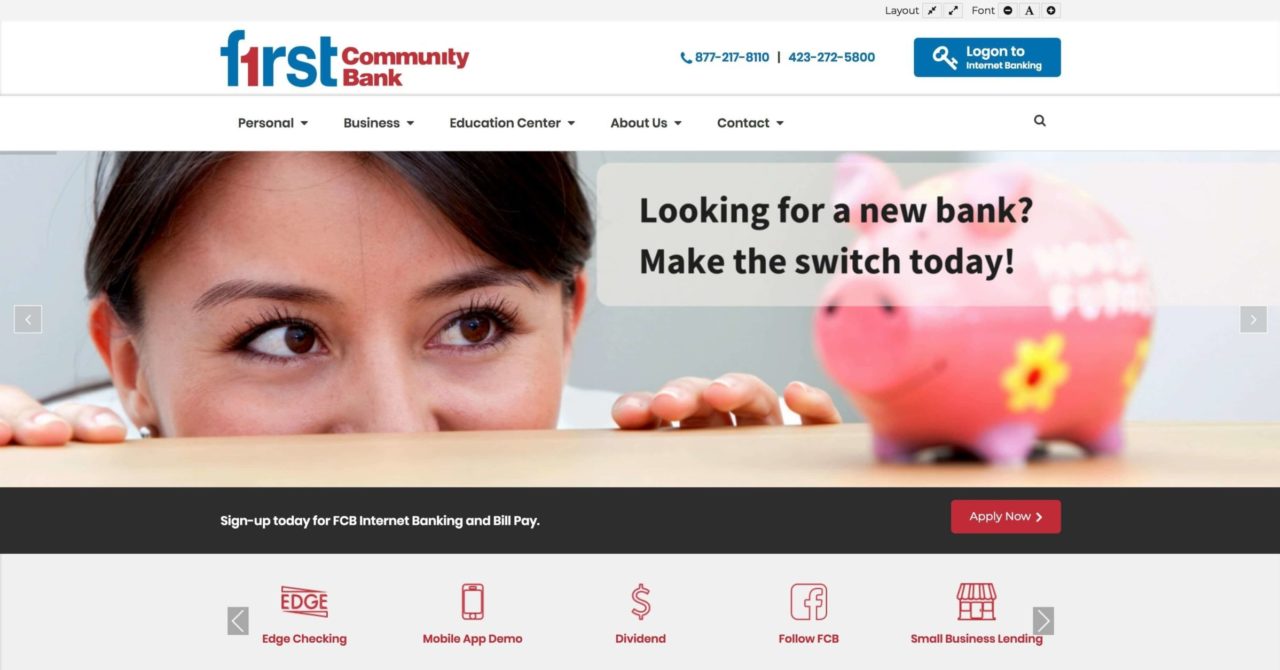
In today’s competitive market, your website is often the first impression potential customers have of your brand. But what if some of those customers can’t access it? That’s where inclusive design comes in—a powerful approach that ensures your website is welcoming and usable for everyone, including people with disabilities.
Inclusive design isn’t just a tech trend. It’s a smart business decision.
What Is Inclusive Design?
Inclusive design is the practice of building digital experiences that accommodate the widest possible range of users—regardless of ability, age, or circumstance. Instead of designing for a “typical” user, it considers the needs of people with visual, auditory, cognitive, and mobility challenges from the start.
As a business owner, this means your website should be usable by someone using a screen reader, navigating with a keyboard, or reading on a mobile phone in bright sunlight.
Why Accessibility Is a Business Priority
1. Grow Your Customer Base
Globally, over 1 billion people live with a disability. In the U.S. alone, 1 in 4 adults has some type of disability. By ignoring accessibility, you may be excluding a significant percentage of your market—customers who are ready to buy but can’t engage with your digital presence.
2. Reduce Legal Risk
Web accessibility lawsuits are on the rise. In the U.S., websites are subject to the Americans with Disabilities Act (ADA), and businesses—large and small—have faced legal action for failing to provide accessible digital experiences. Investing in inclusive design now can help avoid costly lawsuits later.
3. Improve SEO and User Experience
Accessible websites are built with clean, structured code and clear content, which also happens to be what search engines love. That means better SEO, more traffic, and more conversions. Plus, accessibility features like clear navigation, readable fonts, and fast loading times benefit all users, not just those with disabilities.
4. Enhance Brand Reputation
Consumers are increasingly value-driven. They want to support businesses that demonstrate ethics, empathy, and social responsibility. A commitment to inclusive design shows that your brand cares about people, not just profits, and that builds trust and loyalty.
What Does an Accessible Website Look Like?
An accessible website isn’t necessarily more expensive or complex. It simply follows good design and coding practices, such as:
- Consistent layout and easy-to-read content
- Text alternatives for images (alt text)
- High contrast between text and background
- Captions on videos
- Keyboard-friendly navigation
- Clear labels on forms
Some of our Inclusive Design Websites
Getting Started: What Business Owners Can Do
You don’t need to be a developer to champion accessibility. Here’s how to begin:
- Request an audit: Intellithought can evaluate your site and recommend improvements. Fill out the audit request form below to get started »
- Include it in your RFPs: When hiring web designers or developers, make accessibility a required feature.
- Keep it ongoing: Accessibility isn’t a one-time project—it’s a continuous commitment as your site evolves. If you have an accessible site and would like to ensure it stays that way, contact us to discuss recurring ADA audits »
Tools & Resources for Business Owners
- WAVE (Web Accessibility Evaluation Tool) – Quick visual checks of your site
- Lighthouse (in Chrome DevTools) – SEO and accessibility scoring
- ADA.gov – Guidelines and legal information for U.S. businesses
Need help improving your website’s accessibility?
Whether you’re starting fresh or upgrading your existing site, Intellithought can help you take the next step. Let’s make your website a place where everyone feels welcome. Fill out the ADA Audit form below if you are interested in our inclusive design services or consulting.




